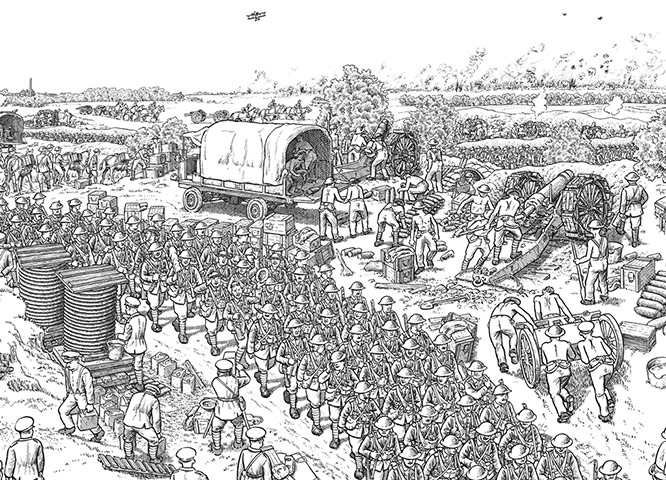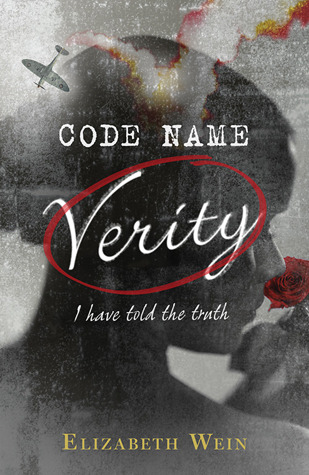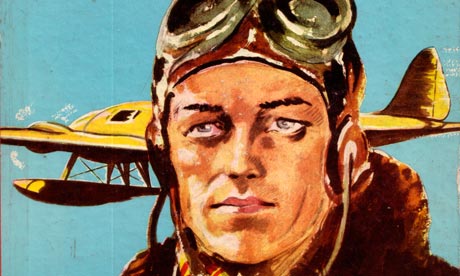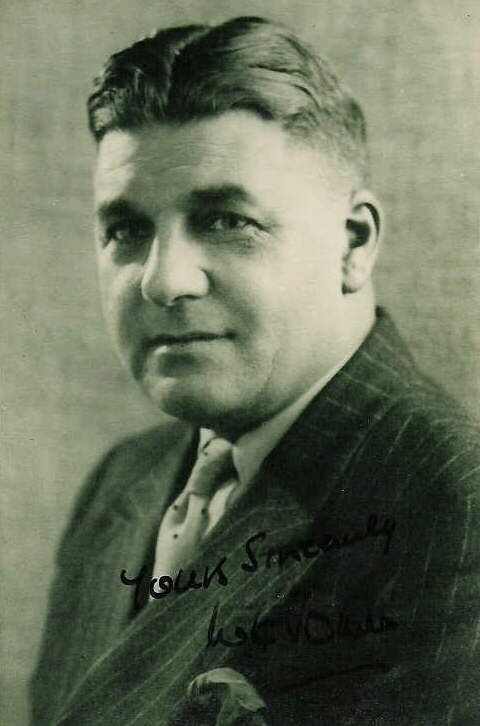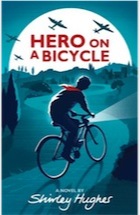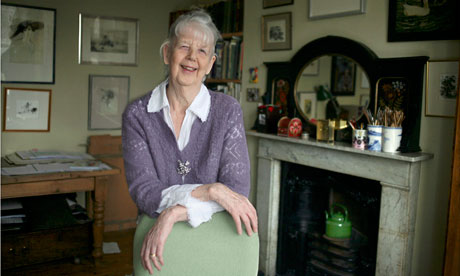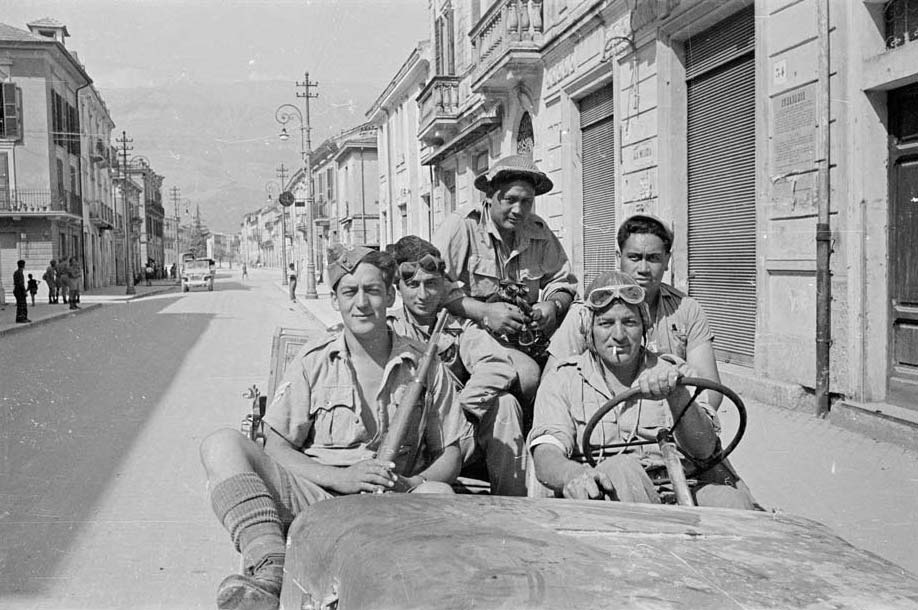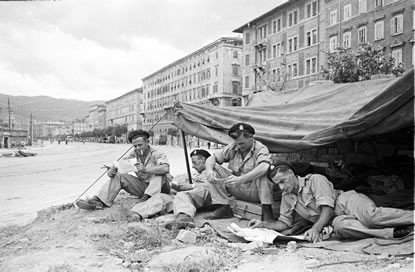120 pages
with charcoal sketches and facsimile letters
Subjects:
World War One, Australia, Palestine, Egypt, horses, animals, junior fiction
(Year 6-10)
Jim is a young
Australian boy, not yet 18, who works as a farrier (someone who trims and shoes
horses’ hooves.) His best mate Charlie reckons that when the army recruiting officers
see how well they can ride, they won’t ask for a birth certificate, and so it
turns out. Jim and Charlie sail with the fleet from Albany in 1914, and wave
goodbye to the lighthouse keeper’s daughter, Fay, who features in Lighthouse girl.
The story is told in
a mixture of narrative, illustrations, photographs, and Jim’s letters and
postcards back to his younger sister Alice, who is working as a governess. On the way
over, Jim is chosen to work as a farrier on the flagship Orvieto. That means he
has to leave his mates and his own horse, Breaker, but on
the Orvieto, he looks after Major General Bridge’s horse Sandy, and gets to
know the Major himself. He meets up with
Charlie again in Egypt, where they camp in the desert, walk alongside the River
Nile, visit the pyramids, race camels and leave their kangaroo mascot Rufus at
the Cairo Zoo. They are sent to Gallipoli (without their horses) where they see
the first of their good mates die in the landings on April 25th 1915.
Later Charlie dies in the battle of Lone Pine.
Back in Egypt, Jim
takes part in the battles of the Desert Campaign. After being wounded in an
explosion, he ends up on a hospital ship on his way to England, and is
transferred to a hospital for the blind. Eventually, on his way back to Australia,
he finds a surprise below decks that helps him start the process of inward
healing. There are a couple more surprises in the final pages.
The book is full of good Aussie slang (Charlie
says they will make ”crackerjack soldiers”, and Jim says it’s “bonza” being
back with his mates) and the story of
the Light Horse soldiers is a fascinating one, that is less familiar than the stories of Gallipoli and the Western Front. Children who like
horses will find it especially interesting as there are lots of descriptions of
how the horses are cared for.
Reviews:
There are reviews of this book on the Aussie Reviews site and on Buzz Words books. (This latter reviewer points out that the black charcoal sketches suit the story because they capture "the seriousness and sadness of war".)
There are reviews of this book on the Aussie Reviews site and on Buzz Words books. (This latter reviewer points out that the black charcoal sketches suit the story because they capture "the seriousness and sadness of war".)
This interview and review describes some of the research behind the writing of the book.
Questions:
At the end
of the war, “many soldiers chose to shoot their beloved Walers [horses] rather
than leave them behind to an unknown fate.” Why did they do that? What would
have happened to the horses otherwise?
Author’s website:
Her website
includes teaching notes about the book.
There is a bio of her on the Fremantle Press site.
Light Horse Boy is a companion novel to Dianne Wolfer’s
earlier book, Lighthouse girl, which
is based on the true story of Fay Howe. Fay lived on the Breaksea Island
lighthouse, near Albany where the troopships departed from. She was proficient
at semaphore and used to take down messages for the troops and send them to
their families, as their last farewell before they left Australia.
Evan’s Gallipoli tells a very different story, but one that overlaps in time and sometimes in location.
Evan’s Gallipoli tells a very different story, but one that overlaps in time and sometimes in location.
New Zealand connections:
The New Zealand
Mounted Rifles fought with the Australian Light Horse in the deserts of the
Middle East during World War One. You can read about the different units here.
The New Zealand
Mounted Rifles Brigade left New Zealand with the Main Body of the NZEF in
October 1914. The mounted riflemen fought in Gallipoli, Egypt and Palestine. They
sometimes fought from horseback, and sometimes (as when they went to Gallipoli)
they left their horses behind. But usually they would ride to the scene of action
and then dismount before going into battle. One man in each group of four would
then look after those four horses, as happens in Light Horse Boy.
They were fine
horses, and not many of them ever came back to Australia or New Zealand. Dianne
Wolfer says in her introduction that of the 136,000 horses that left Australia,
only one returned. That was Sandy, the horse belonging to Major General Sir
William Bridges. The Major General was killed at Gallipoli and was the only
Australian to be returned to his homeland for burial.
Four of the
10,000 New Zealand horses returned home, and the most famous of them is Bess. You
can read about her on pg 32 of Anzac Day:the New Zealand story. There is a memorial to her near Bulls. Bess was also the model for the horse on top of the Cenotaph in Wellington.
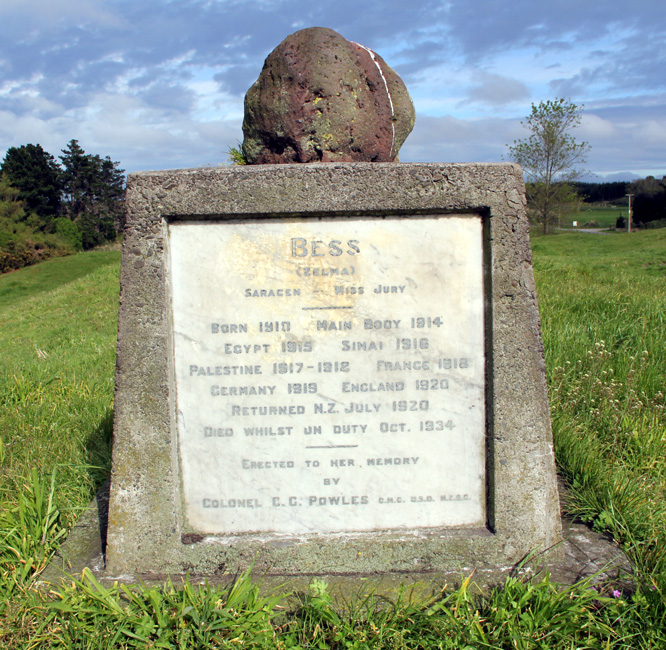 |
| 'Memorial to Bess the horse', URL: http://www.nzhistory.net.nz/media/photo/memorial-bess-horse, (Ministry for Culture and Heritage), updated 19-Sep-2013 |
Other links:
A mounted rifleman in
uniform sits among a group of farriers, photographed by Laurie Mackie in the
World War I military camp at Zeitoun in Egypt, 1914. The farriers are holding
equipment for horse shoeing, including hammers and bars.
| The farriers, Zeitoun camp, Egypt. Ref: PA1-o-308-10-3. Alexander Turnbull Library, Wellington, New Zealand. http://natlib.govt.nz/records/22534019 |
| Members of the Mounted Rifles Regiment in Nelson during World War One. Ref: 1/2-026531-G. Alexander Turnbull Library, Wellington, New Zealand.http://natlib.govt.nz/records/23081874 |




